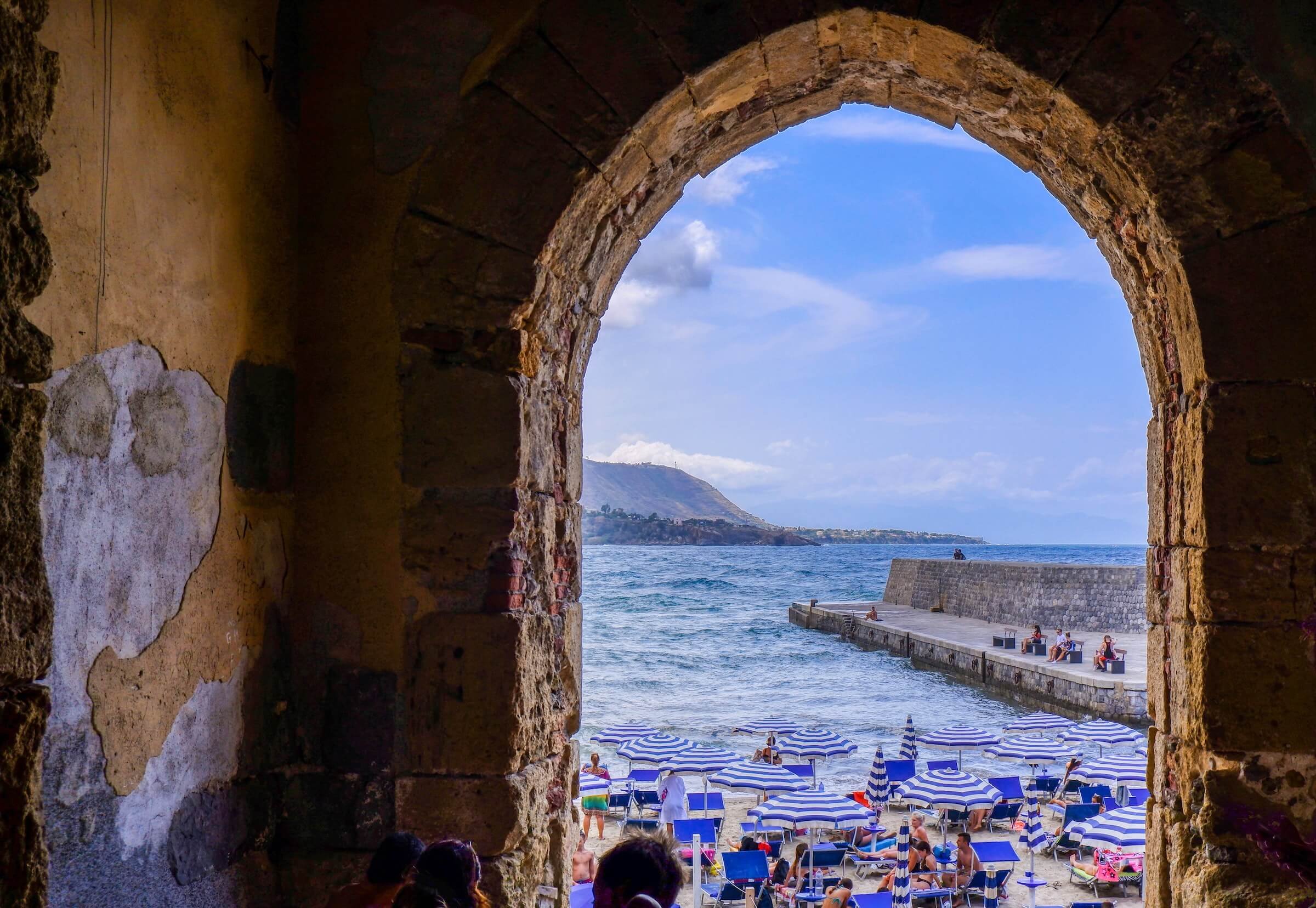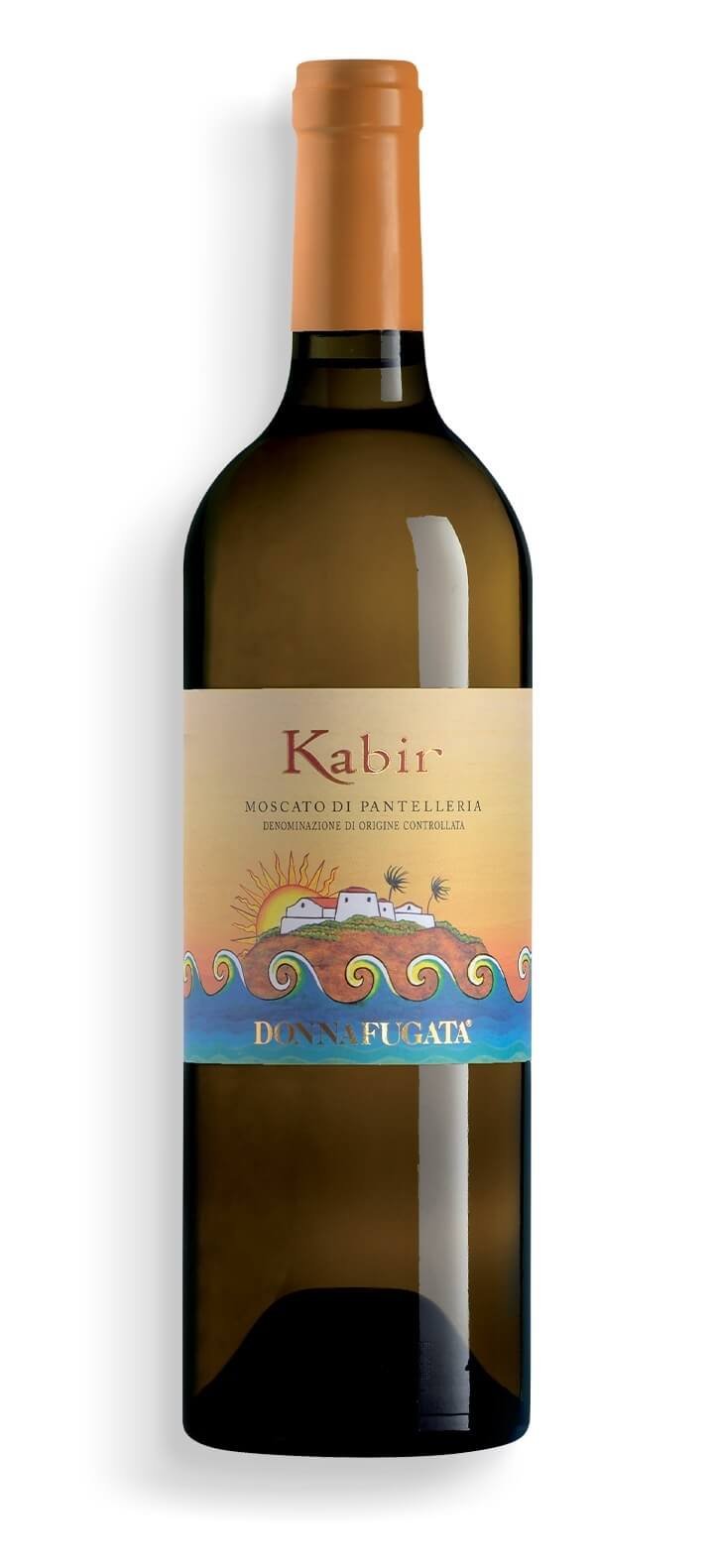Why Pairing Salt, Capers and Sweet Wines on Sicily’s Volcanic Islands is Magical
Sicily might be on many people’s radars after this season of The White Lotus. Sicily’s bright and bold cuisine is equal only to its unctuous and heady dessert wines. On the archipelago of Sicily, both capers and salt are harvested and used liberally in regional dishes. The winning combo of salty and sweet is effortlessly flaunted when their salinity collides with the range of sticky wines that Sicily is known for. Just like in The White Lotus, a compelling story comes together when there is a little sweet (Albie), a little salty (Harper), and maybe a little nutty (Tanya).
The pairing of sweet wines with only dessert has had a chokehold on the culinary and beverage space for too long. Not that it isn’t good; it’s just that as a creative and explorative field, there’s more to explore. Sicily shows us how flavors are amplified when pairing stickies with the briny regional foods and, opposingly, how the local oxidative wines positively dance on the palate when paired with local dessert offerings.
The Salty
Mozia. Photo by sterlinglanier Lanier
Sicilian food is equal in character to its people. Part of the reason the cuisine is so layered and vibrant is the access to umami-rich and saline-packed ingredients. Along the canals headed to Mozia are hills of salt, capers, and caper berries grow in abundance, and bottarga, anchovy, and other briny sea goodies are easily sourced from the island’s surrounding waters. A style of wine that Sicily is known for is Marsala, named for the region it comes from. This oxidative style of fortified wine has a rich nuttiness and a salinity from the proximity to the sea. The volcanic soils on which the grapes (Cataratto, Grillo, and Inzolia) grow contribute a minerality and saltiness to the wines as well. While they can range in sweetness levels, the trademark saltiness is inherent, find it in capers and salts, bottarga, anchovies, Marsala and other oxidative wines.
The Sweet
Dessert photo by Valentina Locatelli
Sicily does sweet as well as it does salty. Classic Sicilian desserts include refreshing granita, cannoli, bucciddatu or buccellato (ring-shaped dried fig pastry), and cassatelle (fried ravioli stuffed with sweet ricotta), among many others. The regional ricotta from local sheep, island-grown pistachios and figs, and sweet citrus fruits all lend themselves well to the desserts. The islands are also lauded for their unctuous dessert wines. There is the gorgeously aromatic Malvasia, grown on the Eolian Islands (especially Lipari) and often made into a sticky (or dessert wine), showcasing the melon and citrus notes. On Pantelleria, passito wines are made from Muscat of Alexandria, known in Sicily as Zibibbo. The drying or “raisining” of the grapes gives the finished product a concentration of floral and fruity notes, as well as a hefty weight and structure. Again, volcanic soils add depth of character to these wines as well—providing a zing of citrus.
Surprising Pairings
Kick the word “dessert wine” to the curb because sweet wines mesh with hearty savory meals too. And on the flip side, salty and nutty, oxidative wines play well with dessert dishes. Eros Teboni, Best Sommelier of the World 2018 and founder of The Wine Journal, Jodie Battles, Beverage Director and partner of Faccia a Faccia and Bar Pallino in Boston, and Emanuele Corsale, from prized Sicilain winery, Donnafugata all weighed in on perfect pairings.
Contrasting Marsala & Savory Food
Recently, Concours Mondial de Bruxelles Sweet and Fortified competition was held in Marsala. Eros Teboni gave a Masterclass on vintage Marsala. When asked about pairing Sicilian stickies, he said, “let's say that by working on the contrast, you can certainly combine many sweet wines with savory dishes. These can be linked to different types of cheeses, or even cheese-based dishes, like pasta, lasagne, fondue... and many others. For ingredients like capers, bottarga and fish, I would opt for a wine that is sweet but also slightly oxidized so that you can have an approach with less sweetness and not be too much intrusive and risk ruining the dish.”
While he does agree that oxidative wines can be great stablemates to desserts, he does have a word of caution. “In the combination of [oxidative and salty wines] with the sweet, we must be very careful that our dessert is not sweeter than the chosen wine because, in this case, our mouth would perceive only the acid and alcoholic part of the wine,” he says. Luckily, Sicilian desserts do not tend to be cloying.
Dessert and Marsala
At Faccia a Faccia and Bar Pallino, Jodie Battles works with chefs Ken Oringer and Jamie Bissonnette to create a beverage list that works with the coastal Italian fare. One of her favorite bottles to work with is Marco de Bartoli “Vigna La Miccia” Superiore Oro Marsala. “This is an amazingly nuanced fortified wine—definitely not the kind of Marsala with which you would want to cook,” she says. “What the de Bartoli family does is the real deal and also organic. The color is beautiful amber-gold. On the nose, it’s all lemon zest, tangerine, hazelnut, almond, and sea breeze. It’s bright and fresh on the palate, with a concentration of citrus, salinity, and a hint of vanilla.” This may sound like a tough wine to pair with but Battles says it works with all kinds of Sicilian dishes and loves suggesting it when a patron orders the dessert Sicilian Sandwich. “The Sicilian Sandwich is inspired by [chef] Ken Oringer's time in Palermo and consists of a brioche bun filled with housemade gelatos. The current iteration is an orange and cardamom gelato sandwich on our housemade brioche bun. All of the flavors truly sing together.”
Donnafugata’s Emanuele Corsale explains that Sicily has an essential tradition in the production of sweet wines, an ancient history that goes back to the Phoenicians, who initially introduced Zibibbo grape to the island. During the Arab domination (827-1091), viticulture did not prosper but it was not completely suppressed. “Despite the religious ban on wine consumption, many Muslims, especially those of Berber origin, had continuous access to wine, and many Sicilian-Arab poets exalted the quality and the extension of the Sicilian vineyards,” he explains. The Arabs favored the cultivation of Zibbibo for the production of dessert wines (passito). The tradition and success of sweet wines in Sicily is also due to the residual sugar acts as a preservative and anti-spoilage agent and became a very effective tool to avoid wine spoilage. Today Zibibbo is widespread on the island and Donnafugata plays an important role in valorizing the tradition and the quality of this ancient grape variety. “The strength of sweet wines is their versatility, they can be served both with salty aperitif and desserts, but also enjoyed as meditation wines,” states Corsale.
Sweet Wines & Salty Cheese
On Pantelleria island. Donnafugata produces two natural sweet wines, the iconic Ben Ryé Passito di Pantelleria, from the Arabic “the son of the wind,” and Kabir the Moscato di Pantelleria from the Arabic “the great.” The only grape variety Donnafugata cultivates on the island is Zibibbo (Muscat of Alexandria), which Corsale calls “the prince of aromatic grape varieties.” He explained that the grape expresses itself in a unique way on the volcanic island, due to a unique interaction between terroir and grape variety. “Despite the consumer preconception, sweet wines can be very versatile, they are perfect for accompanying desserts or paired with a multitude of main courses,” he says.
Pairing the acidity of sweet wines with salty, cheesy, and savory dishes can sometimes surprise and intrigue consumers and enhance the characteristics of the wine.” He goes on to explain the synchronicity of the briny foods of Sicily and passito wines. “Our Ben Ryé could be paired with foie gras or blue cheese. The sweetness of the wine can balance the salty and the sharp flavor of the cheese.”






